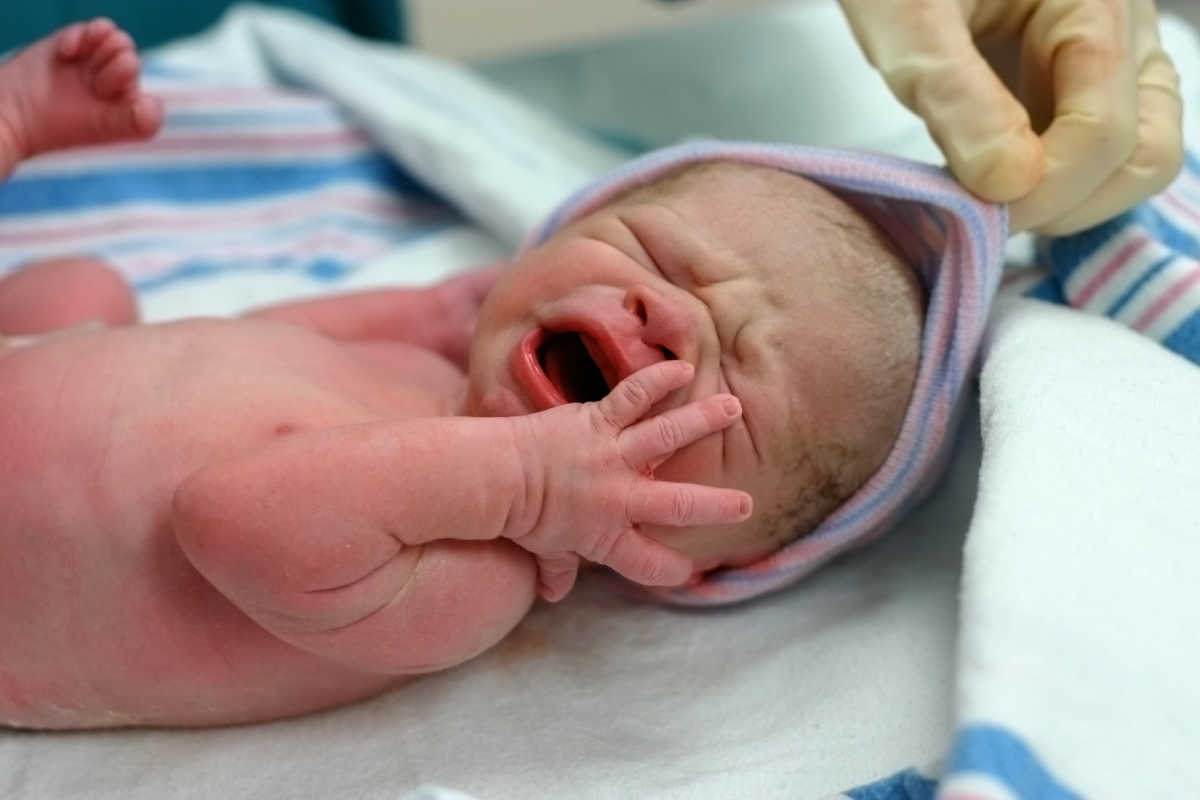According to a poll, India now has more women than males for the first time in history, providing optimism and cheer, as well as a pat on the shoulder for government measures that have led to this incredible success.
Furthermore, the country is not seeing a population explosion for the first time in history, signalling profound socioeconomic upheavals.
According to the government’s fifth National Family and Health Survey (NFHS), India presently has 1,020 women for every 1,000 males between 2019 and 2021.
India’s reproductive rate has also decreased to an average of 2, the first time it has been below replacement fertility levels, according to the study of approximately 6,50,000 homes. It was significantly lower in metropolitan areas, at 1.6.
India’s shift to a largely female population is also a watershed moment for the nation, which has been a hotspot of “missing women” for centuries, alluding to the millions of girls who were slain before or shortly after birth owing to a cultural shame attached to having a daughter.
Is it really a matter of cheer?

The figures have made national news. According to the health ministry, this is the first time in India’s history that the female population has overtaken the male population. According to one official, this is due to the government’s “actions for women’s empowerment.”
It was lauded as a huge accomplishment and a “demographic shift” in some sources.
However, the figures do not add up.
On the surface, the data is everything that draws attention to government programmes aimed at bridging the gender gap.
However, looking deeper reveals that the surface truth may just be half-true.
To begin with, the data covers almost 6,50,000 of India’s 300 million homes. This represents only 0.21 percent of the country’s total households, making it a minority representation of the population.
When a large number of homes are surveyed, the interpretation of the data gets biassed.
The NFHS-5 report itself has recommended caution. “Readers should use caution when interpreting and comparing trends since certain states and Union territories may have lower sample numbers,” the report said.
The true picture will emerge only once the census data is released, because it covers the whole population of the country and so offers a more accurate picture of the total gender ratio.
According to other experts, the census has consistently indicated that there have always been more men in India than women, therefore this data isn’t a fair depiction of the “societal change.”
Obsession with male children leads to more female births

According to the Economic Survey 2017-18, Indian parents continue to produce “till they obtain the appropriate number of boys” despite their wish to have more and more male offspring.
This behaviour is known as son meta-preference, and it entails parents adopting “fertility-stopping rules,” or having children until the desired number of boys is born, according to the poll.
Despite government-sponsored awareness initiatives and social media campaigns promoting gender equality, the preference for sons remains strong.
In its first-ever estimate of the number of ‘unwanted females,’ the Economic Survey claims that India might have as many as 21 million. i.e., daughters whose parents preferred to produce males.
“Families with males are more likely to stop having children than families with girls,” according to the study, which was produced by senior economic adviser Arvind Subramanian and his colleagues. This suggests that parents will continue to have children until they have as many boys as they desire.”
The figure was calculated using the SRLC (sex ratio of the last child), which is strongly biassed in favour of males.
Punjab and Haryana had the highest levels of son and son meta preferences.
The facts may appear hopeful and present a compelling image of the campaign to save the female child, but it is only half accurate. It’ll be like living in a fool’s paradise if you ignore the contributions and the history of meta son-preference.

